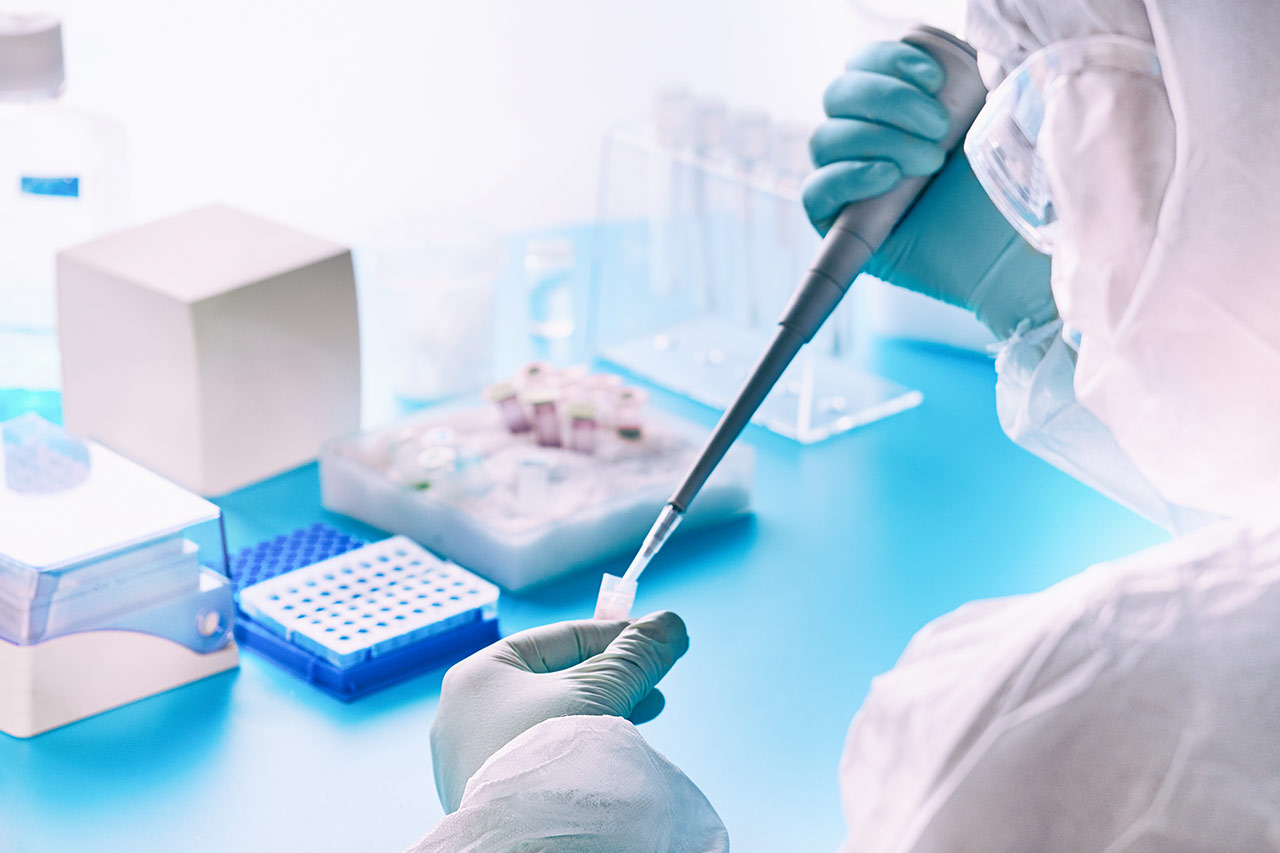Why is antimicrobial resistance (AMR) highlighted as a global health issue?
Antimicrobials – including antibiotics, antivirals, antifungals and antiparasitics – are medicines used to prevent and treat infections in humans, animals, and plants.
According to WHO,
“AMR occurs when bacteria, viruses, fungi, and parasites change over time and no longer respond to medicines making infections harder to treat and increasing the risk of disease spread, severe illness, and death. As a result, the medicines become ineffective and infections persist in the body, increasing the risk of spread to others.”
The emergence of resistance is a natural process, but our use of antimicrobials, in particular the massive use of antibiotics without checking whether they are always completely appropriate, has been accelerating this process to a dangerous extent.
The threat linked to the emergence and spread of antimicrobial resistance (AMR) can be summarized with 4 key problems :
- Pathogens that have acquired new resistance mechanisms cause infections that are no longer treatable with existing antimicrobial medicines.
- New antibiotics will become as ineffective as the current ones if inappropriate use of antimicrobials continues.
- The related expenditures on more expensive and intensive care will increase, and the productivity of caretakers will decrease accordingly.
- Medical procedures such as surgery, sepsis treatment, dialysis for advanced kidney disease, cancer care, and organ transplantation can become life-threatening procedures like they were a century ago.
“Antimicrobial resistance is one of the greatest health challenges of our time, and we cannot leave it for our children to solve. Now is the time to forge new, cross-sector partnerships that will protect the medicines we have and revitalize the pipeline for new ones.”
said Dr Tedros Adhanom Ghebreyesus, WHO Director-General.
Therefore, it is now quite clear that our collective salvation requires efforts to use antibiotics in lower quantity and in a thoughtful way.
What does that mean for pharma players and how should they engage in this issue?
How do pharma players tackle antimicrobial resistance (AMR)?
Pharma companies have been implementing diverse actions to respond to the threat from antimicrobial resistance (AMR). Their actions should focus on limiting the use of antibiotics in quantity and on guiding their use in a thoughtful way.
Tackling antimicrobial resistance by controlling sales in volume
First of all, many players have now engaged in reducing the volumes, though that may sound counterproductive for their business. Most antibiotics are not that profitable and represent a limited part of the business – for instance, 1.5% in Mylan and 1.4% in Novartis – maybe a complementary reason for pharma companies to be committed to controlling sales for antibacterial and antifungal medicines.
For example, Teva does not have a salesforce dedicated to antibacterial and antifungal medicines. Cipla, another generic medicines manufacturer, fully decoupled its sales representatives’ bonuses from sales volumes.
Tackling antimicrobial resistance by manufacturing in a responsible way
Even though manufacturing emissions are not the main source of antibiotics in the environment (vs for instance their massive use in livestock in some parts of the globe), most stakeholders focus on common responsible manufacturing practices to minimize the risk. Companies such as GSK, Johnson & Johnson and Pfizer extend their environmental risk-management strategies to their antifungal products.
Tackling antimicrobial resistance by promoting prevention vs. cure
The best way to reduce antimicrobial use is not to need them. Vaccine players work toward this purpose and both Haemophilus influenzae type B (Hib)** and pneumococcal conjugate vaccines are successful examples having demonstrated their effectiveness in reducing antibiotic use and reducing AMR.***
Numerous Pharma companies like GSK, Pfizer and Johnson&Johnson are investing in research & development of new vaccines that target bacterial and fungal pathogens such as E.Coli (Johnson&Johnson) or N.gonorrhoeae (GSK).
Tackling antimicrobial resistance by exploiting diagnostic tools to use the right antibiotic in the right patient
Diagnostic players involved in infectious disease are developing diagnostic equipment and tests. VITEK® MS and VITEK® 2 by bioMérieux are good examples. These companies contribute to relevant education by supporting the World Antibiotic Awareness Week organized by the WHO by publishing AMR movies on the bioMérieuxTV YouTube channel, etc., to support care givers in their decisions and ensure the most appropriate choice of antibiotic in a given context.
Conducting surveillance of drug resistance to monitor changes
Finally, surveillance of drug resistance is critical to win the war against antimicrobial resistance (AMR). Pharmaceutical and diagnostics companies make further contributions to the response to AMR by performing surveillance activities including sharing data about infection rates, AMR patterns, and antibiotic use. Pfizer sponsors one of the largest AMR surveillance programs in the world – The Antimicrobial Testing Leadership and Surveillance (ATLAS) database and expands the scope of ATLAS in 2020 to provide public access to both antifungal and antibiotic resistance data through a single platform.
Pharma industry is the dominant funder of AMR-relevant R&D. Alcimed has listed here many examples of actions undertaken by pharma players engaged in the fight against antimicrobial resistance (AMR). However, there is still a long way to go, as the engagement of governments and the awareness of both professionals and general populations is highly variable around the world.
How to build or reinforce your program for antimicrobial resistance (AMR), or to identify your partners for tomorrow? Our healthcare team at Alcimed is ready to support you!
*Priority pathogens: bacteria and fungi that have been identified as priority R&D targets for limiting AMR, by either the WHO and/or the Centers for Disease Control and Prevention (CDC)
** Haemophilus influenza type b (Hib) is a bacteria responsible for severe pneumonia, meningitis and other invasive diseases almost exclusively in children aged less than 5 years.
***Jansen, Kathrin U., and Annaliesa S. Anderson. “The role of vaccines in fighting antimicrobial resistance (AMR).” Human vaccines & immunotherapeutics 14.9 (2018): 2142-2149.
About the authors
Chaoyue, Consultant and Christelle, Project Manager in Alcimed’s healthcare team in France



